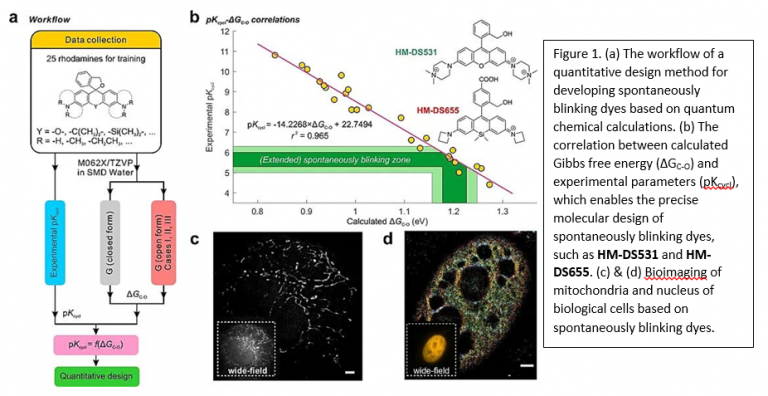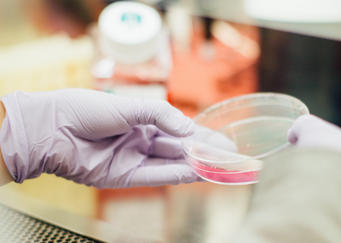Developing new diabetes screening and monitoring methods using HPC
Diabetes mellitus is one of the most common and severe threats to human health. Currently, most patients rely on the finger-stick method to measure blood glucose levels. However, this method is painful, invasive and inconvenient. Such drawbacks have resulted in low patient compliance and often leads to poor results in glucose controls.
In contrast, monitoring glucose levels in human body liquids (such as saliva and tears) using fluorescent chemo-sensors that have a high affinity for glucose have the inherent advantage of being non-invasive and simple to use.
The availability of high-performance fluorophores and fluorescent probes is key to accelerating the evolution and adoption of these medical diagnostics as well as other advanced imaging technologies, such as superresolution fluorescence microscopy. The deployment of these techniques will, in turn, expedite the development of biotechnologies, from fundamental research to clinical applications. Yet, the quantitative design of these fluorophores and probes continues to be a challenging task as dye chemistry is still largely based on trial-and-error.


The Fluorescence Research Group from Singapore University of Technology and Design (SUTD) has been tapping onto NSCC’s supercomputing resources to establish quantitative prediction models for the development of spontaneously blinking fluorophores for super-resolution imaging applications, as well as many other fluorescent probes with improved signal-to-noise ratios for various bio sensing applications (such as detecting cellular viscosity and biomolecules). The group worked towards these goals via extensive quantum chemical calculations and analysing the correlations between computational and experimental results (Figure 1).
The work contributes to the transformation of dye chemistry from trial-and-error to molecular engineering, by establishing detailed molecular design principles for the creation of various dyes with tailored properties. The team has demonstrated a quantitative chemical product design method by a cohesive integration of quantum chemical calculations and experimental validations. This methodology is expected to inspire the effective creation of abundant high-performance fluorophores.
To find out more about how NSCC’s HPC resources can help you, please contact [email protected].
NSCC NewsBytes January 2021





